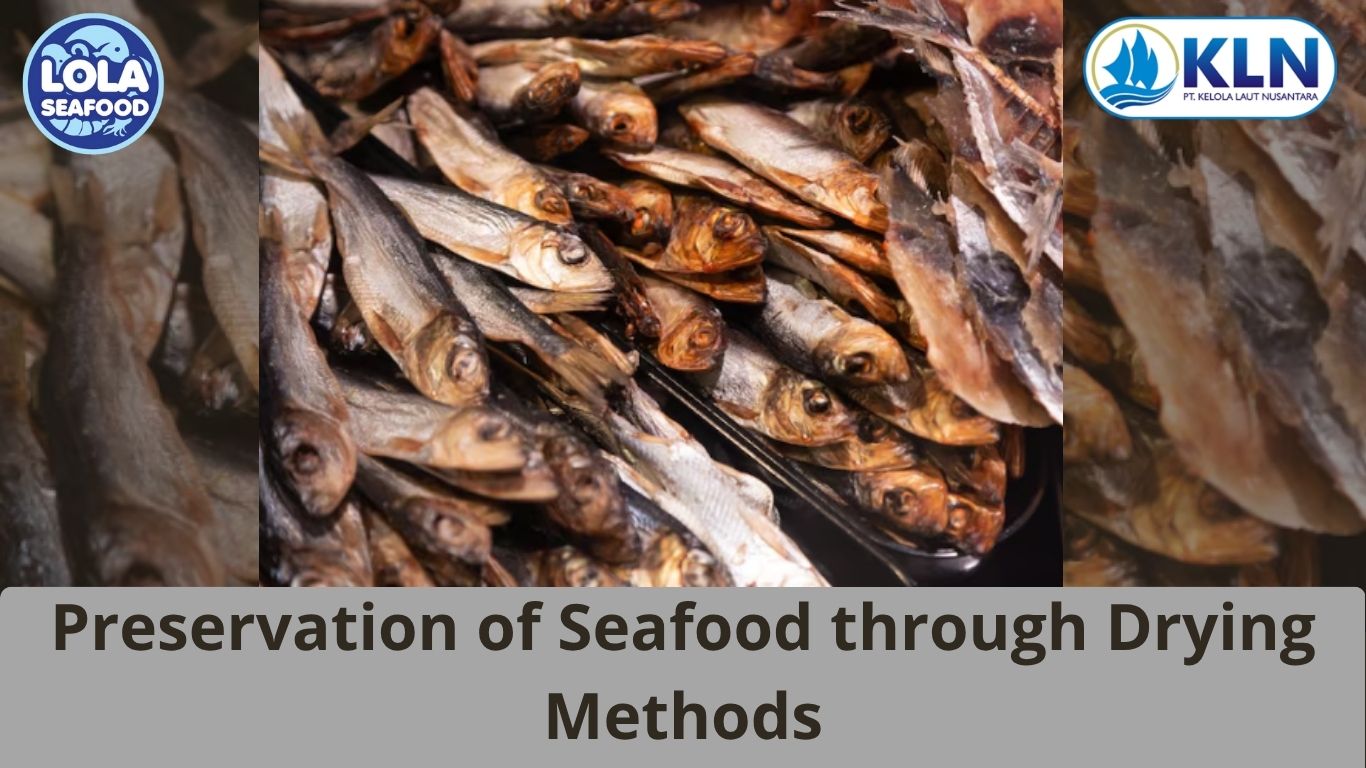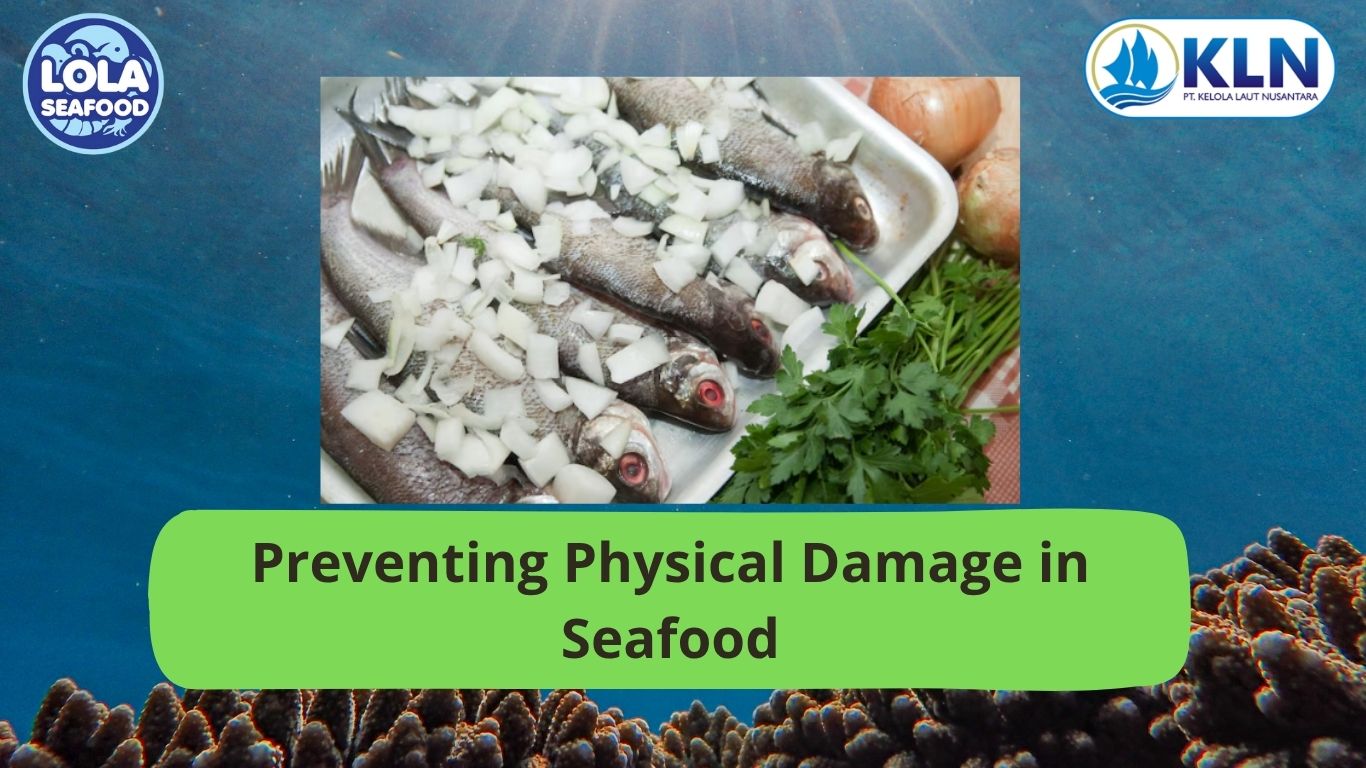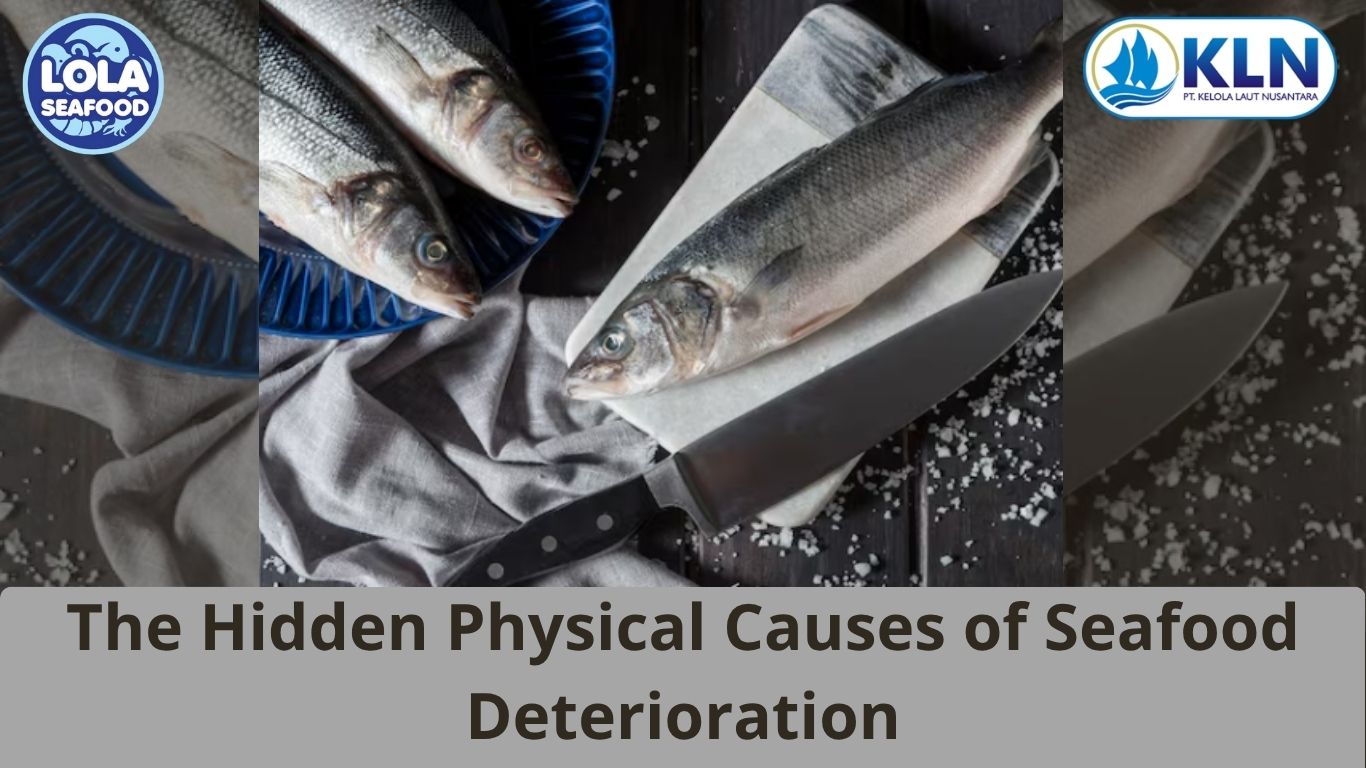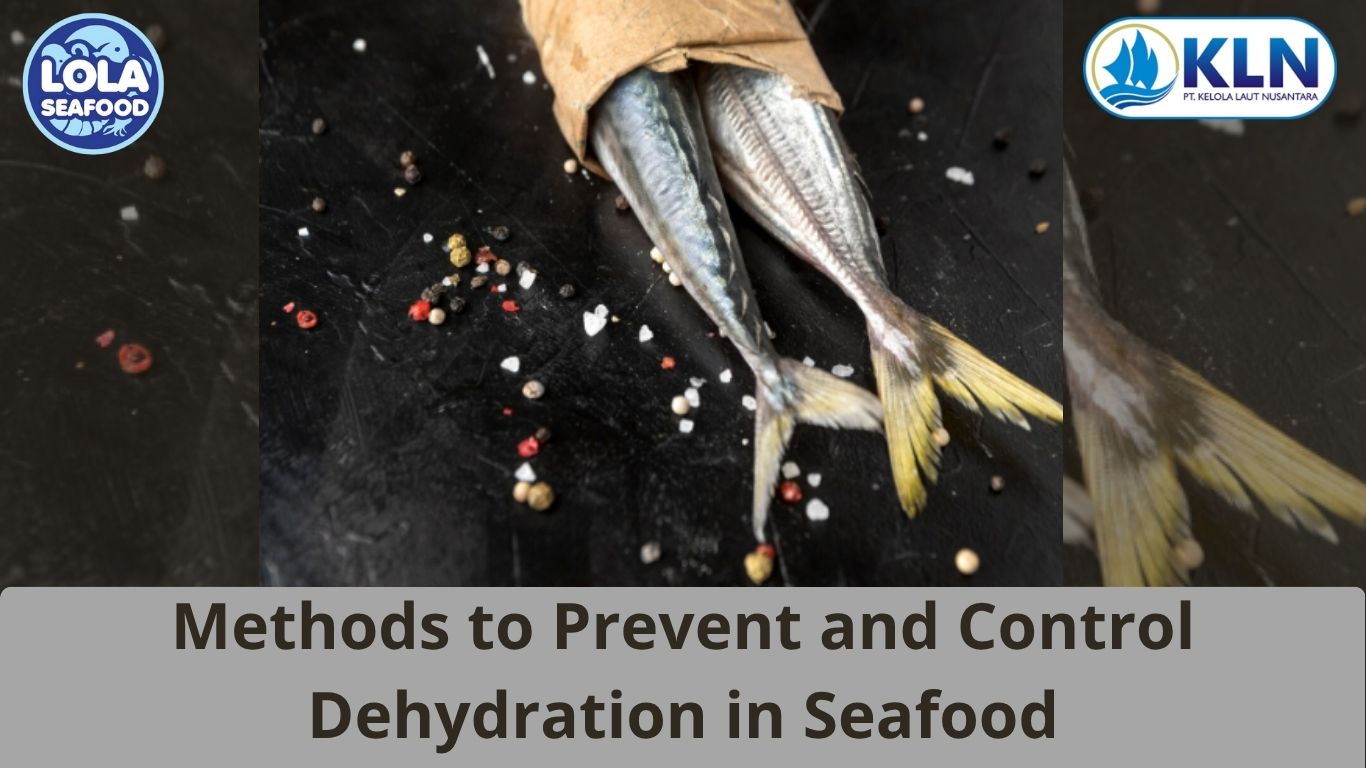What is Heavy Metal?
By. Puji Widyastuti - 29 Sep 2025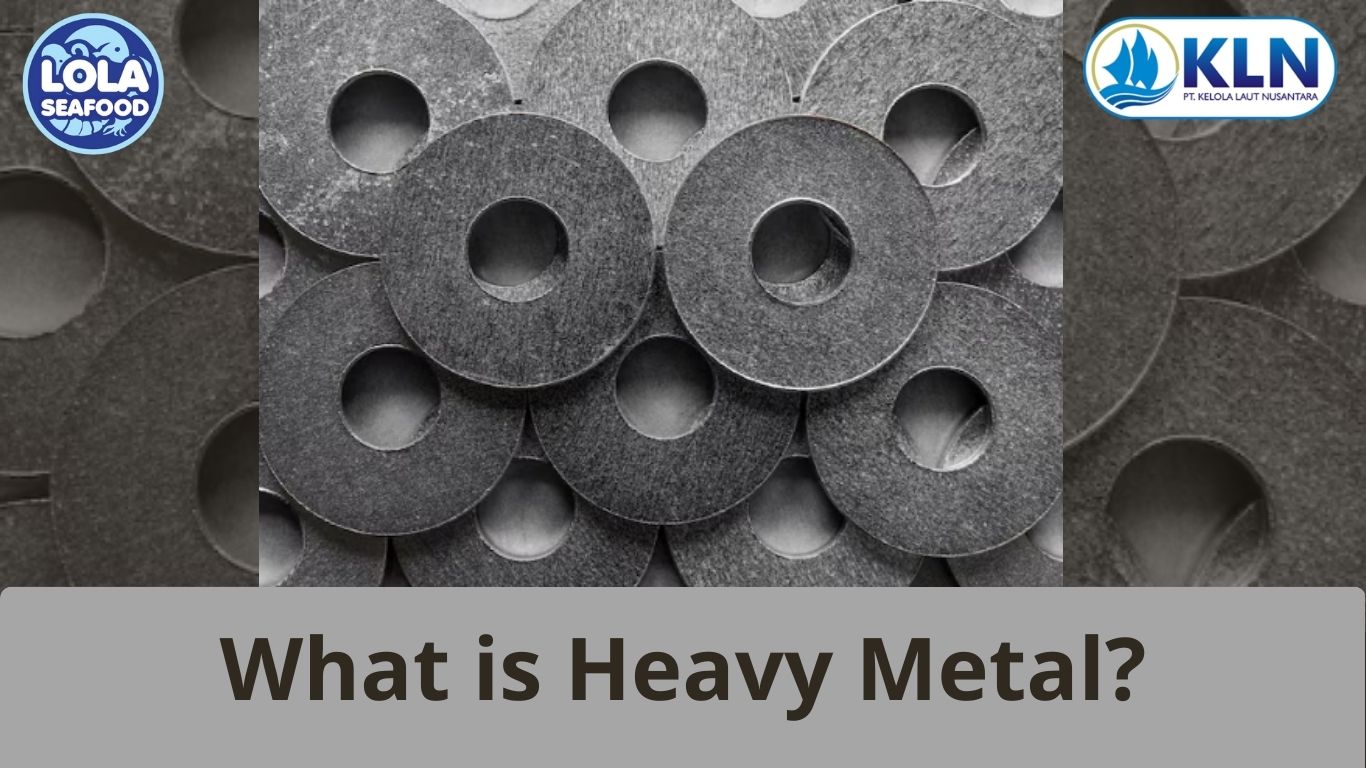
Kelolalaut.com Heavy metals such as mercury (Hg), cadmium (Cd), lead (Pb), and arsenic (As) are toxic elements that can accumulate in the environment (water, sediment, and organisms). Shellfish (bivalves and crustaceans) are filter feeders or bottom dwellers, so they can absorb and accumulate heavy metals from seawater and sediments.
Commonly detected metals include:
- Cadmium (Cd) – often found in oysters and mussels.
- Mercury (Hg) – more common in fish, but can also accumulate in crabs and shellfish.
- Lead (Pb) – from industrial pollution and contaminated sediments.
- Arsenic (As) – present in both organic (less toxic) and inorganic (toxic) forms.
Consuming shellfish with high heavy metal levels can cause:
- Cadmium → kidney damage, bone weakening.
- Mercury → neurological problems, especially harmful for children and pregnant women.
- Lead → anemia, developmental delays in children.
- Arsenic → skin problems, cancer risk (with long-term exposure).
Why It Happens
- Industrial waste, mining, and agriculture runoff.
- Polluted coastal waters.
- Natural bioaccumulation (shellfish filter large volumes of water daily).
Tips for Buying Safe Shellfish
- Buy shellfish from trusted sources with safety certification
- Follow national food safety limits (e.g., EU, Codex, Indonesia’s BPOM set maximum allowable levels).
- Avoid frequent consumption from highly polluted areas
- Diversify seafood intake, not relying only on shellfish.
|
Heavy Metal |
Main Source |
Health Effects (if accumulated in humans) |
Common Shellfish Affected |
|
Cadmium (Cd) |
Industrial waste, fertilizers, mining runoff, polluted sediments |
Kidney damage, bone weakening (osteoporosis), stomach irritation |
Oysters, mussels, scallops |
|
Mercury (Hg) |
Coal burning, mining, industrial discharge, atmospheric deposition |
Neurological disorders, developmental delays in children, harmful to fetus |
Crabs, lobsters, clams |
|
Lead (Pb) |
Old pipes, industrial pollution, paint, gasoline residues |
Anemia, nerve damage, reduced IQ in children, hypertension |
Mussels, oysters, cockles |
|
Arsenic (As) |
Natural in seawater, mining activities, pesticides |
Stomach upset, liver/kidney damage if excessive |
Clams, oysters, scallops |
|
Copper (Cu) |
Mining, antifouling paints, industrial effluents |
Nausea, vomiting, immune system effects (if excessive) |
Oysters, mussels |
|
Zinc (Zn) |
Natural mineral, industrial waste |
Natural mineral, industrial waste |
Oysters, clams |
Reducing heavy metals in seafood (especially shellfish) involves both environmental prevention and post-harvest handling. Here’s a breakdown :
1. Pollution Prevention
- Reduce industrial waste, mining runoff, and agricultural chemicals entering rivers and seas.
- Strengthen wastewater treatment before discharge.
2. Monitoring Harvest Areas
- Governments regularly test coastal waters and sediments for heavy metal contamination.
- Shellfish farms should be located in clean, monitored waters.
3. Use of Bio-remediation
- Seaweeds (like kelp) and some microorganisms can absorb heavy metals from water, reducing accumulation in shellfish.
- “Depuration systems” (clean-water tanks) can also flush out some contaminants.
Post Harvest & Processing
1. Depuration (Purification)
- Place live shellfish in clean seawater tanks for 24–48 hours.
- This can reduce microbial contamination and slightly lower certain heavy metals.
2. Cooking & Processing
- Cooking does not destroy heavy metals, but:
- Removing viscera (intestines, digestive gland) can lower metal intake, since they accumulate more there.
- Discarding shells (for crabs, lobsters) helps, as shells may store metals.
3. Chelating Agents (Experimental)
- Some studies test natural compounds (like alginate or plant extracts) to bind metals and reduce levels in seafood.
Consumer Safety Tips
- Buy from trusted suppliers with safety certification.
- Limit consumption of high-risk shellfish (esp. from polluted areas).
- Diversify seafood diet → not relying only on mussels, oysters, or crabs.
- Follow local advisories (many countries issue seafood consumption guidelines for mercury, cadmium, etc.).
If youre interested in our Grouper Black Dotted Whole Round , Grouper Fillet Portion Cut and Grouper Fillet Skinless please do not hesitate to contact us through email and/or Whatsapp



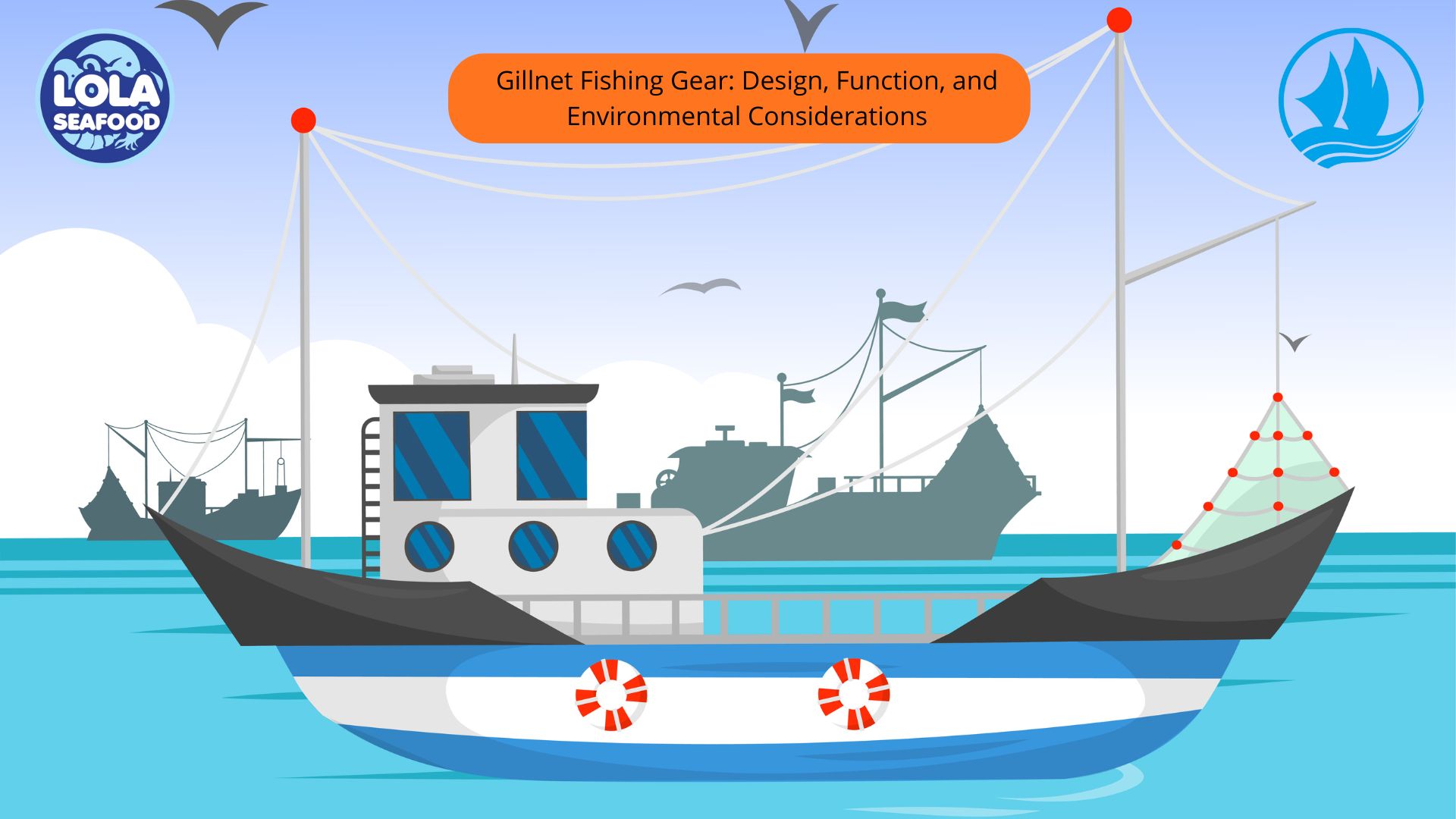
.jpg)
